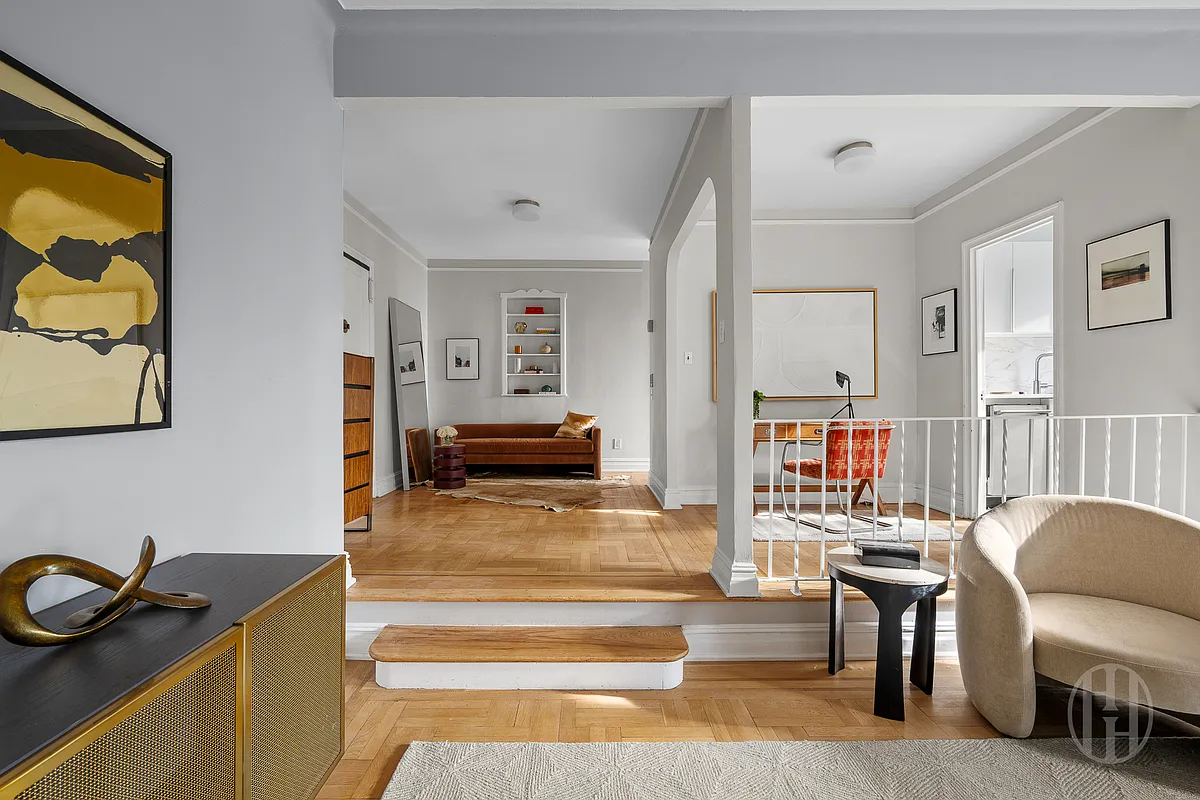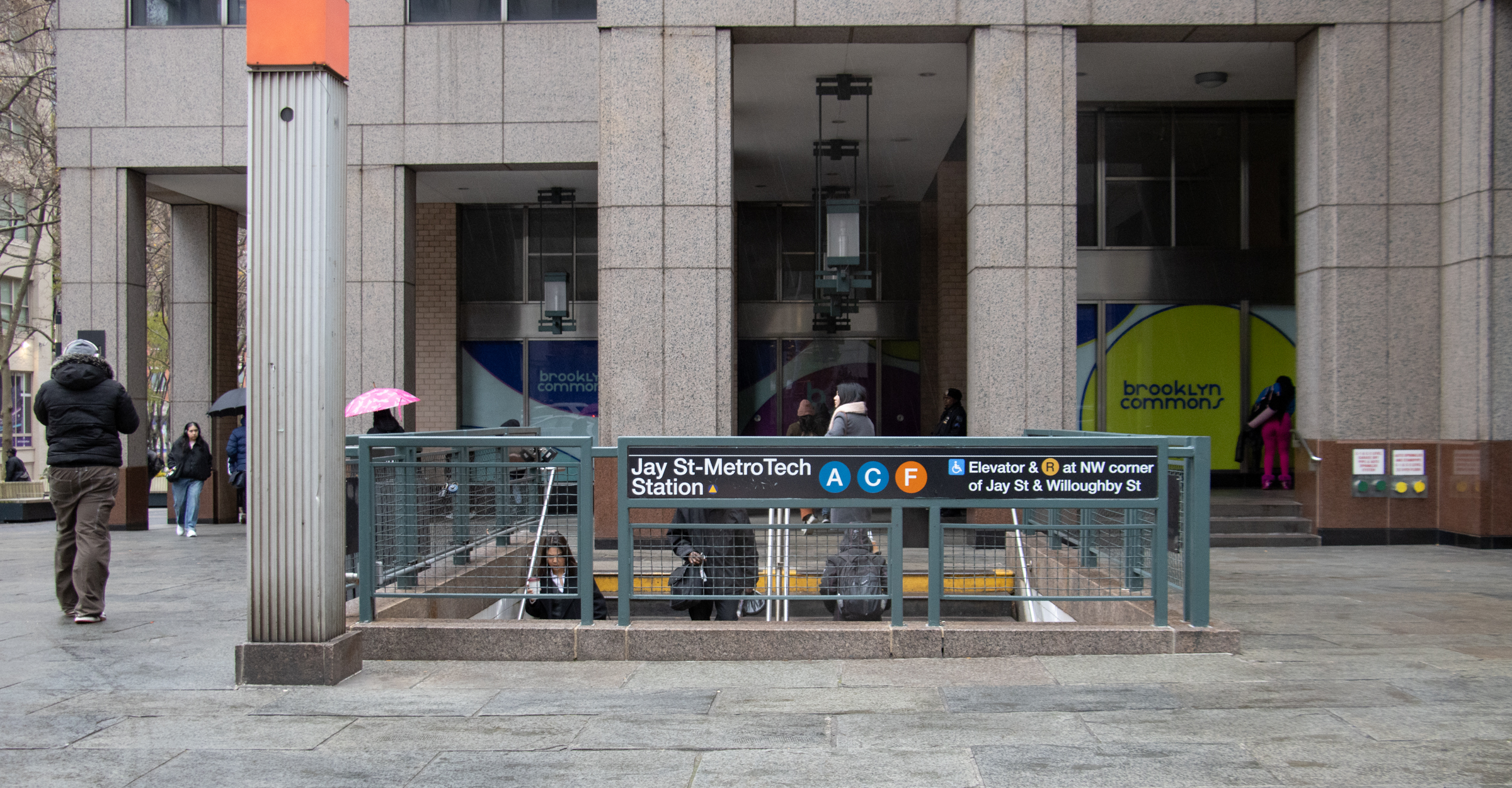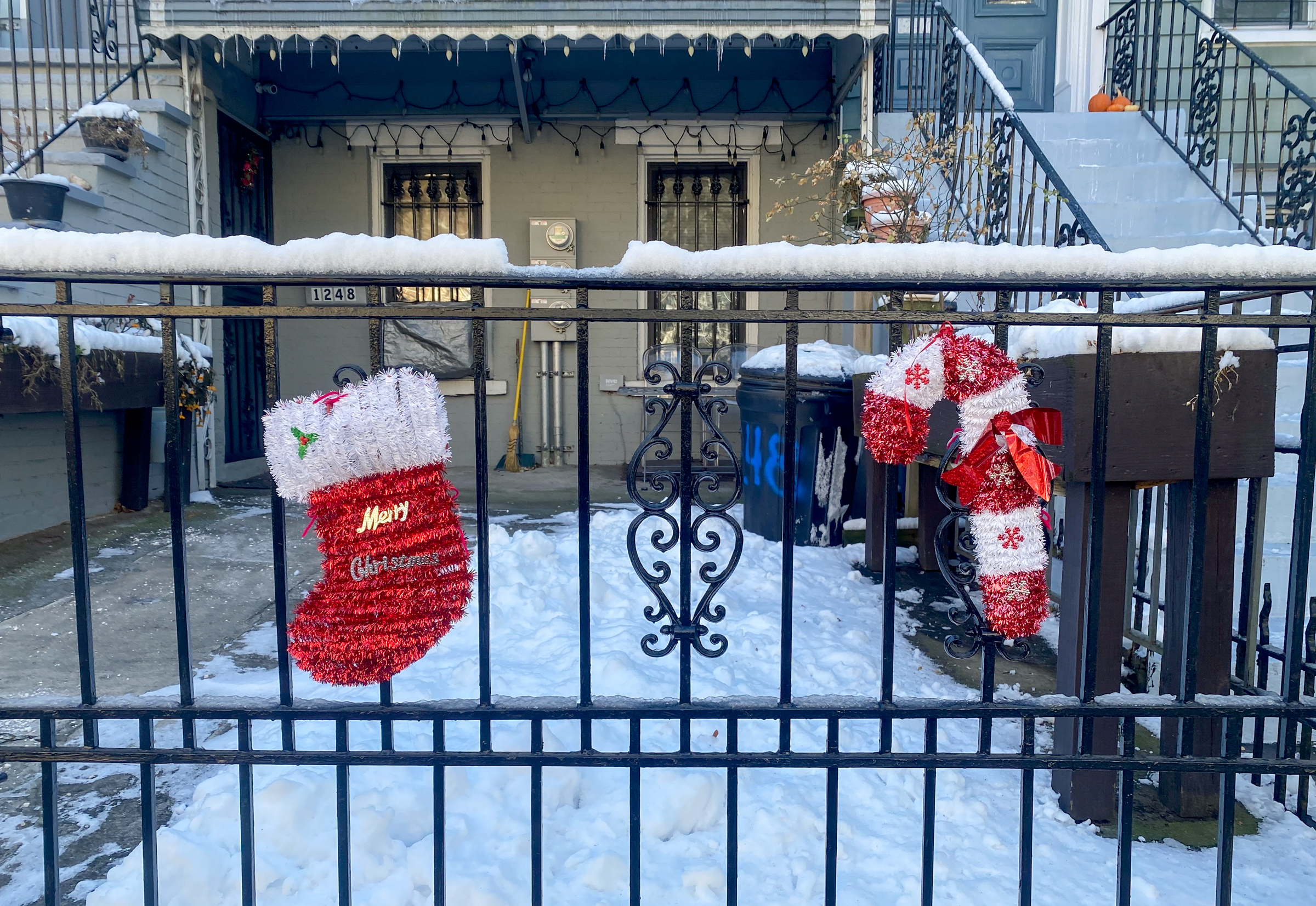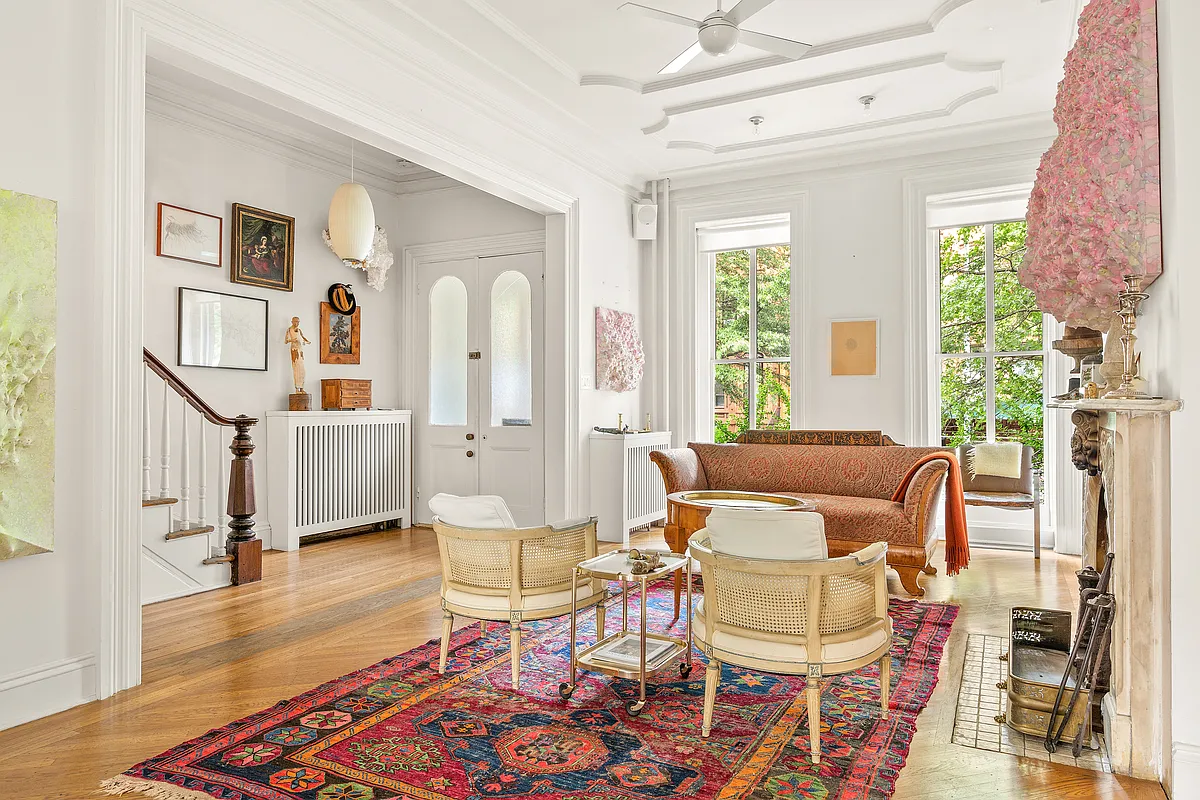DIBS Refinishes His Facade
Reader, commenter and frequenter of Brownstoner after-work gatherings, daveinbedstuy today shares with us the tale of his recent facade renovation… I recently had the facade on my brownstone refinished. It had been covered with 2-3 layers of paint and was crumbling badly on the garden level, primarily the stoop area. I got a number of…


Reader, commenter and frequenter of Brownstoner after-work gatherings, daveinbedstuy today shares with us the tale of his recent facade renovation…
 I recently had the facade on my brownstone refinished. It had been covered with 2-3 layers of paint and was crumbling badly on the garden level, primarily the stoop area. I got a number of estimates and the price range was wide. After a recommendation from a neighbor who owns a number of properties and has had work done by a local guy, I went with Millad from CTG Construction. He literally lives around the corner.
I recently had the facade on my brownstone refinished. It had been covered with 2-3 layers of paint and was crumbling badly on the garden level, primarily the stoop area. I got a number of estimates and the price range was wide. After a recommendation from a neighbor who owns a number of properties and has had work done by a local guy, I went with Millad from CTG Construction. He literally lives around the corner.
We had an extensive discussion about the work needed and both he and I came to the same conclusion independently that we’d try to save as much of the original flat stone as possible from the parlour level and the top floor. (For before, during and after photos, click here.) This would be in the best interest long term instead of chiselling ALL of it off. The lintels & sills for those levels howvere, needed to be completely rebuilt.
The first step was…
…to apply two coats of paint stripper on the parlour level and top floor facade where we intended to save the stone. This stood for about a week and a half and was then powerwashed leaving a paint-free surface. It was nice to see.
All of the original brownstone was chipped away from the garden level and stoop area and rebuilt with a layer of masonry and two layers of brownstone “slurry.” Since this was going on for the past 3 months, you can imagine the difficulty working around the rainy weather; which is why it took almost 3 months! Millad was adamant that each layer needed adequate drying time before an additional layer is added; something I have not witnessed when watching other jobs around the neighborhood.
As you can see from the accompanying flikr photos, it was a major job at the garden level. The parlour and top floor sills & lintels were rebuilt. Millad’s mason is excellent. He formed crisp detailed lines in each rosette and the work on each side of the stoop.
With the flat brownstone surface on the parlour & top floor level about 90% in nice shape, there was some patching necessary. This has resulted in an imperfect match in some areas but I knew that was the case going into the process. Some of you may want a perfect match throughout but that will cost you a lot more money as well and I believe that the integrity of the existing stone is more important. You can see this in the last few pictures of the finished product.
My original tall double door entryway had been closed in to make a transom and a single 36″ door sometime in the 40s or 50s when the building became a two family, as was required by the fire department back then. The casings were very detailed fluted pilasters and looked nice so I decided against returning the entryway to the original style (plus it would be an additional $12-14,000) and I went on a search for an appropriate door to replace the fugly one that was there. I found a beautiful double tombstone window door at www.archantiquities.com in maine…about $1,600 including shipping. I replaced the door myself and added the hardware from www.houseofantiquehardware.com.
I also believe that a black entry, window casings % cornice is the most appealing color scheme.
Millad drew up a contract and everything went as contracted. The only addition was that we determined that the space underneath the stoop should get a new skim coat of cement because it was just exposed brick and needed to be repointed.
$20,000 + $1,500 for the additional masonry work under the stoop. This was at the low end of most of the quotes. Millad was very easy to work with and his men are very conscientious.





looks fantastic! thanks for posting all the info. if I ever have 2 nickels to rub together again I’ll know who to call to do my steps.
The American sycamore (Platanus occidentalis) — also called American plane, Occidental plane and Buttonwood — is a common and familiar species native to North America. It is usually called a sycamore where it is endemic, a name that refers to other, unrelated trees in other parts of the world.
An American sycamore tree is easily recognized by its mottled exfoliating bark. The bark of all trees has to yield to a growing trunk; in the case of trees such as the Silver Maple and the Shagbark Hickory the process is not hidden, but the Sycamore shows the process of exfoliation more openly than any other tree. The bark of the trunk and larger limbs flakes off in great irregular masses, leaving the surface mottled, and greenish-white, gray and brown. Sometimes the smaller limbs look as if whitewashed. The explanation is found in the rigid texture of the bark tissue, which lacks the elasticity common to the bark of other trees, so it is incapable of stretching to accommodate the growth of the wood underneath and the tree sloughs it off.[1]
I’ve always heard them referred to as Sycamores, Pete. I’ll have to count the balls next week. But yes, this is the same tree that you see all over NYC, large with peeling bark and I’ve NEVER heard anyone call them London Plane.
Dave–would love to know about the wordworking capability of your contractor for sure. Thanks. And thanks Vinca for the link.
are you sure a sycamore? very similar to London Plane tree which is common on NYC streets. Difference is seed ball. Does it have 1 or 2 balls hanging. Thats how you easily tell difference.
Thanks, BHO. We all know with 20/20 hindsight that I did overpay. That said, all I did was trade a manhattan condo and some more money for this. If I were still in the condo, I’d probably be down more AND, I would never have moved to brooklyn and met all you lovely people, yourself included.
Nice, DIBS. Maybe you didn’t overpay afterall (yeah, rrrighht).
***Bid half off peak comps***
House is in Stuy Heights but not the landmarked section.
The door is just a satin black. It’s California Paints Wear-All Multi purpose Acylic Latec Enamel in Black.
“This durable, easily applied acrylic enamel is fortified with emulsified epoxy to provide maximum performance in a low gloss, water-based floor and trim finish.”
I think California Paints is owned by benjamin Moore. i got it at Weinstein’s on Throop.